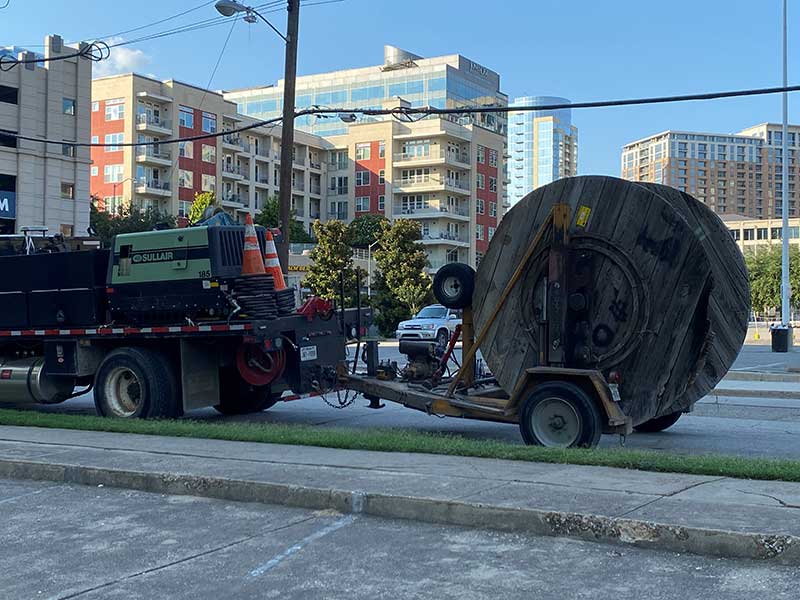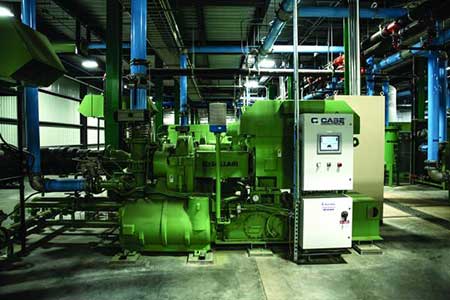
Air compressors are critical to many operations and applications, so much so they are used in 70% of manufacturing in the United States. A wide variety of industries utilize compressed air, from oil and gas companies that use air to propel gas through pipelines; agricultural equipment such as sprayers and crop conveyors are powered by air compressors; pharmaceutical and food and beverage production companies use oil-free compressed air to help reduce contamination in packaging, and more.
And just like there are many uses for air compressors, there are many different types of air compressors too. In this article, we will take a look at the wide range of air compressor types as well as review the great number of jobs they perform.
Compressors compress air via either positive displacement or dynamic displacement.
Air compressors are either oil flooded or oil free.

Rotary screw compressors are positive displacement compressors and can be either oil flooded or oil free.
This type of compressor uses a pair of helical screws or rotors with lobes running the length of both. Air is forced down the length of the compressor along the lobes from a larger space into a smaller one, which compresses the air.
Oil flooded rotary screw compressors use a fluid to seal the gaps between the rotors, which also allows one rotor to drive the other.
Oil free rotary screw compressors use timings with very tight tolerances between the rotor lobes instead of a fluid, so there is no oil contacting air stream.

Scroll compressors are positive displacement, oil free compressors.
This type of air compressor uses two interleaved scrolls to compress air. One scroll can be fixed and the other rotates, or both can rotate together. Because the scrolls never touch, no lubrication is needed.
Centrifugal compressors are dynamic displacement, oil free compressors.
This type of compressor uses an impeller rotating at high speed to initially increase the velocity of the air. Then the air is passed through a diffuser to decrease its velocity, which pressurizes the air. No lubrication is needed in the compression chamber, so no oil is added to the air stream.

Reciprocating compressors are positive displacement compressors and can be either oil lubricated or oil free.
This type of compressor works similarly to compression chambers in car engines. On the upstroke, the piston creates a vacuum that allows air to flow into the compression chamber. On the downstroke, the air is compressed and forced out of the chamber.
Use the checkboxes to select the types of cookies you want to accept, then press the “Save Settings” button. View our Privacy Policy.